In the vast expanse of Mongolia’s grasslands, where the nomadic spirit thrives, the yurt tent stands as a timeless symbol of adaptability and convenience. Known as both the Yurt Tent and Turkish Tent, this architectural marvel serves as the traditional residence for the Mongolian people as they traverse the steppe in search of fertile pastures for their beloved livestock. In this travel article, we uncover the truth behind the yurt tent, exploring its origins and the remarkable versatility it offers to those who call it home.
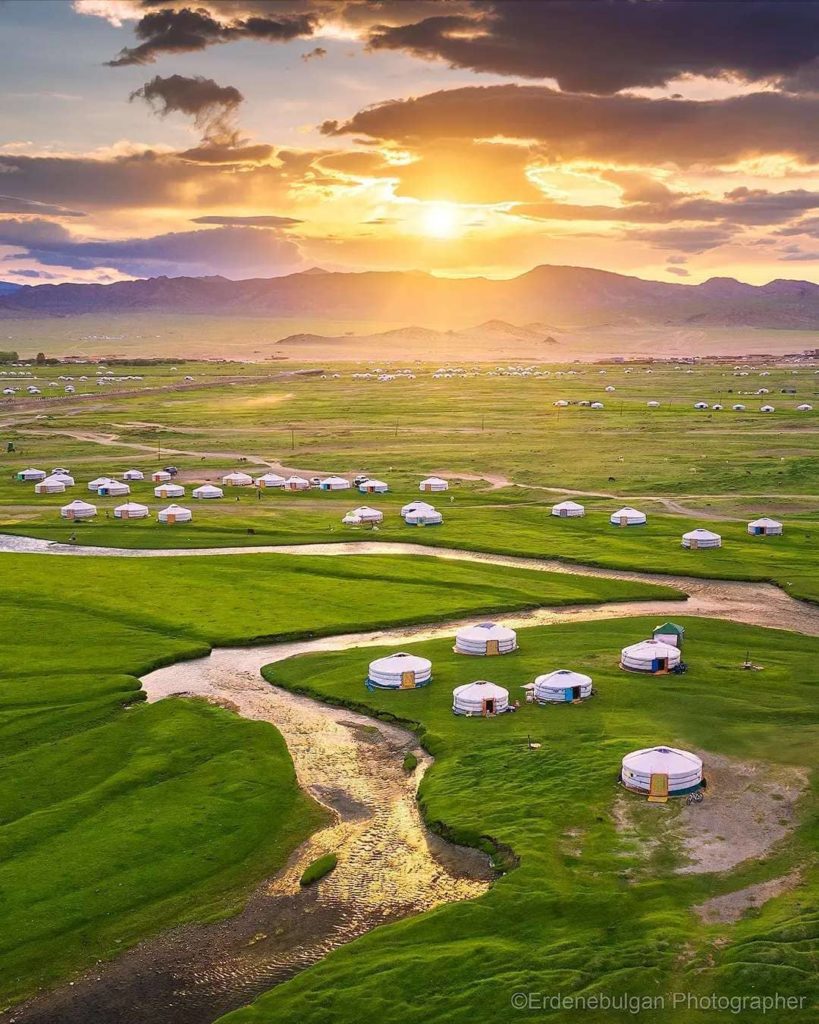
The yurt tent, with its portable and compact design, perfectly suits the nomadic lifestyle of the Mongolian people. This ingenious dwelling can be erected in various locations, whether it be in the middle of the vast steppe, perched on a cliff, or nestled against the protective embrace of a tree. Its adaptability allows Mongolian herders to follow the ebb and flow of nature, ensuring their livestock have access to the best grazing pastures throughout the changing seasons.
Step into a Mongolian yurt, known locally as a ger, and you will be transported into a world that blends tradition with practicality. The yurt’s circular shape, made of a collapsible lattice frame covered with felt and canvas, is designed to withstand the harsh elements of Mongolia’s climate. Its portability allows nomadic families to move with ease across the vast grasslands, following the rhythms of nature and seeking the best grazing pastures for their livestock.
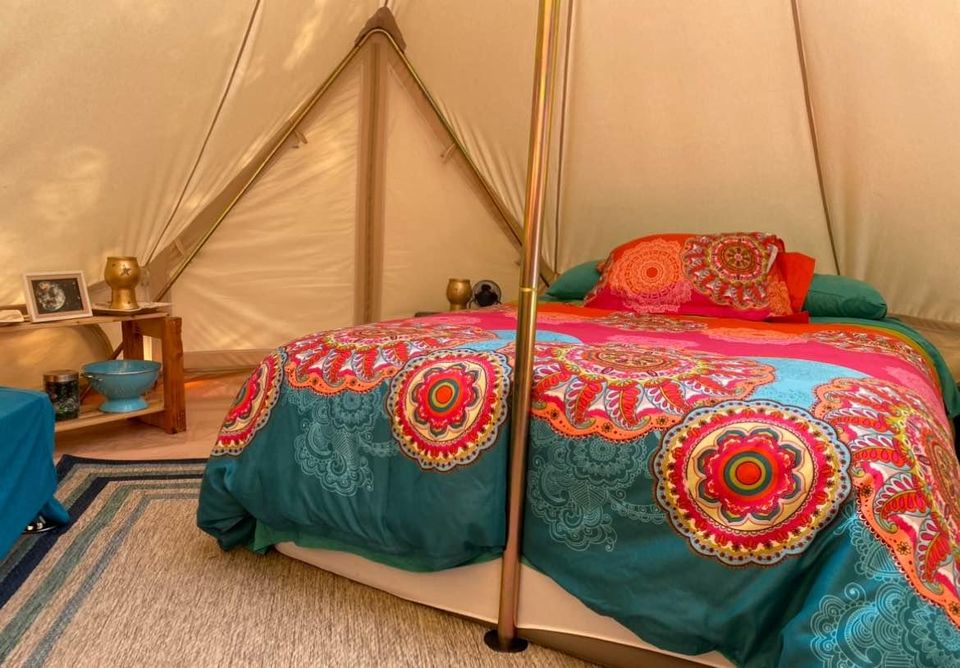
While the yurt tent has become synonymous with Mongolian culture, archaeological research reveals that its origins lie in Turkish heritage. This shared ancestry is why the yurt tent is referred to by two names: Yurt Tent and Turkish Tent. It is a testament to the cultural interconnections that have shaped the region’s history and traditions.
The yurt’s construction is a testament to the resourcefulness of the Mongolian people. The lattice frame, called khana, is made from wooden poles, skillfully interconnected without the use of nails or screws. This ingenious design allows the yurt to be assembled and disassembled quickly, making it ideal for a nomadic lifestyle. The covering, made of felt and canvas, provides insulation and protection against the extreme temperatures of the Mongolian landscape.
Stepping inside a yurt, you will be greeted by a space that is both cozy and functional. The central hearth, known as a stove or a “bundez,” serves as the heart of the yurt, providing warmth during the harsh Mongolian winters. The layout of the yurt is carefully organized, with specific areas designated for sleeping, dining, and socializing. Despite its compact size, the yurt offers a sense of spaciousness and a feeling of unity with the surrounding nature.
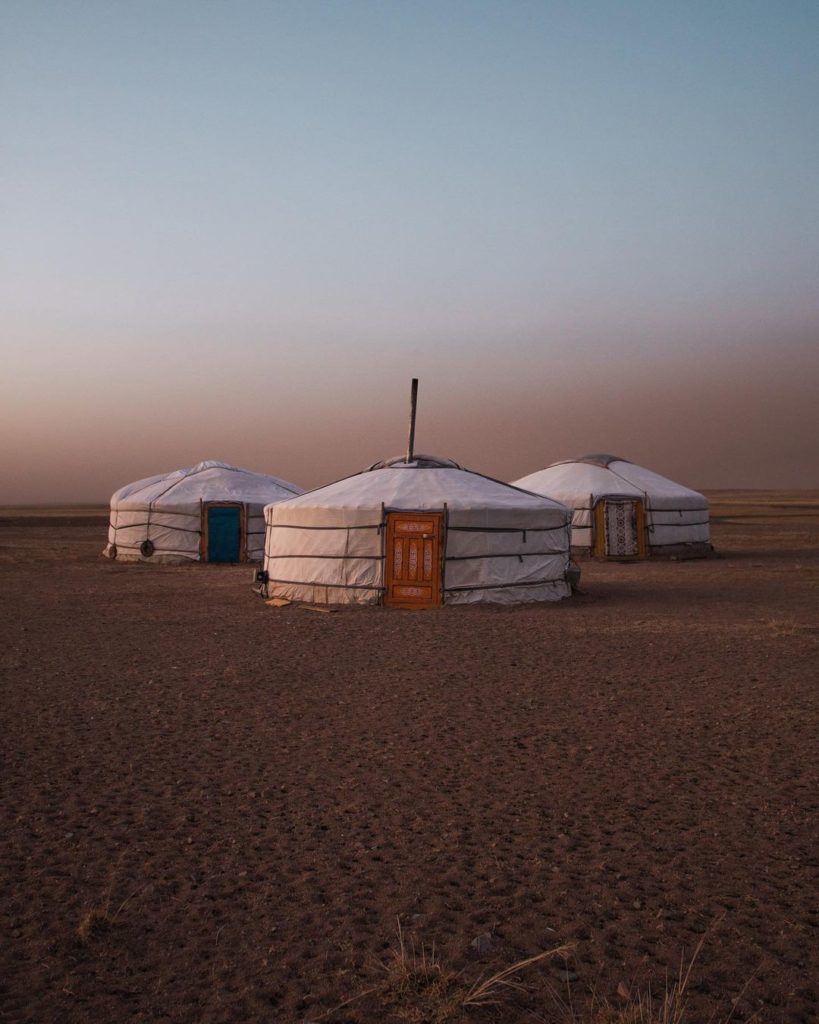
Living in a yurt is a testament to the nomadic spirit of the Mongolian people. It embodies their close relationship with the land and their ability to adapt to changing circumstances. The yurt serves as a constant reminder of their deep connection to nature and the importance of living in harmony with their surroundings.
Beyond its practicality, the yurt holds immense cultural significance for the Mongolian people. It represents the values of community, family, and hospitality. The yurt is often shared among multiple generations, fostering a sense of togetherness and mutual support. Mongolian hospitality is legendary, and guests are warmly welcomed into the yurt, offered a seat by the hearth, and treated to traditional delicacies and stories that have been passed down through generations.
While modernization has brought changes to Mongolia, the yurt remains an enduring symbol of the nomadic way of life. Today, many Mongolian families continue to live in yurts, even as they adapt to the demands of the modern world. In cities and towns, yurt camps provide a unique opportunity for travelers to experience the nomadic lifestyle firsthand, offering a glimpse into a culture that has thrived for centuries.
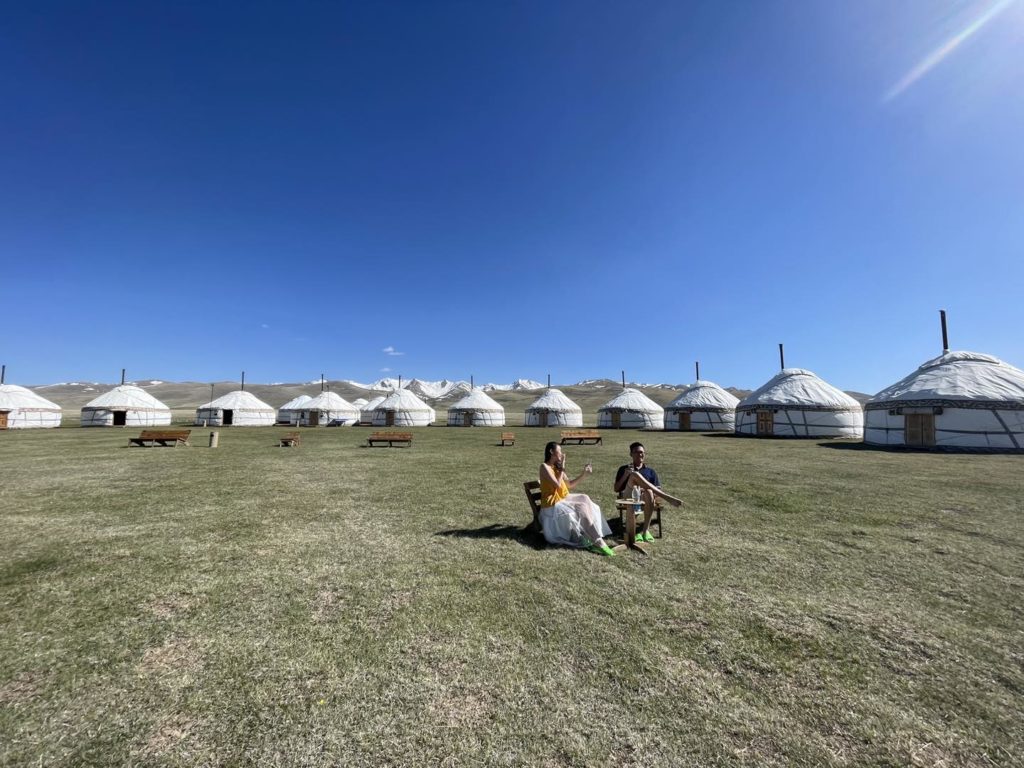
As you journey through Mongolia, take a moment to embrace the yurt’s humble beauty and the spirit of resilience it embodies. Listen to the stories whispered within its walls, feel the warmth of the hearth, and immerse yourself in the traditions of a people whose lives have been shaped by the vastness of the steppes.
The yurt tent, with its practical design, cultural significance, and enduring presence, serves as a testament to the Mongolian people’s nomadic heritage. It is a “house” that goes beyond mere shelter, capturing the essence of a way of life intimately connected with nature, community, and the timeless traditions of the steppe.
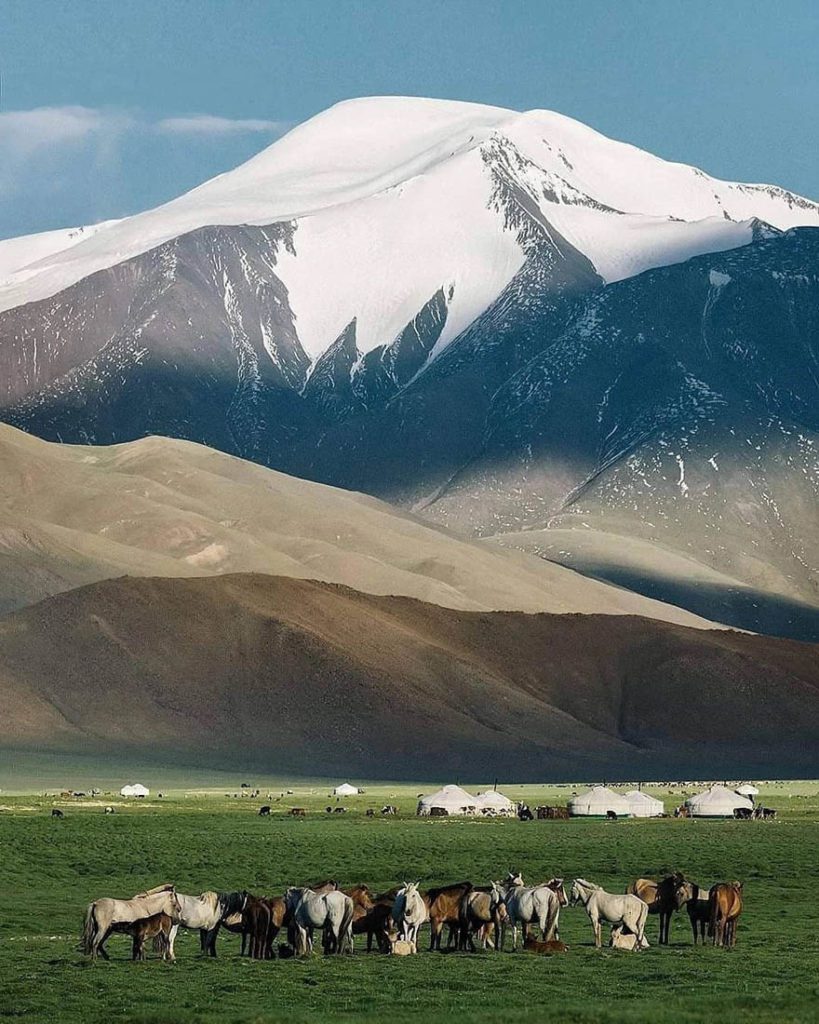
As you bid farewell to Mongolia, the yurt’s legacy will stay with you, a reminder of the beauty and wisdom found in simplicity, adaptability, and a deep respect for the land. The truth about the yurt tent will forever remain etched in your memory, a testament to the indomitable spirit of the Mongolian people and the enduring allure of their nomadic way of life.

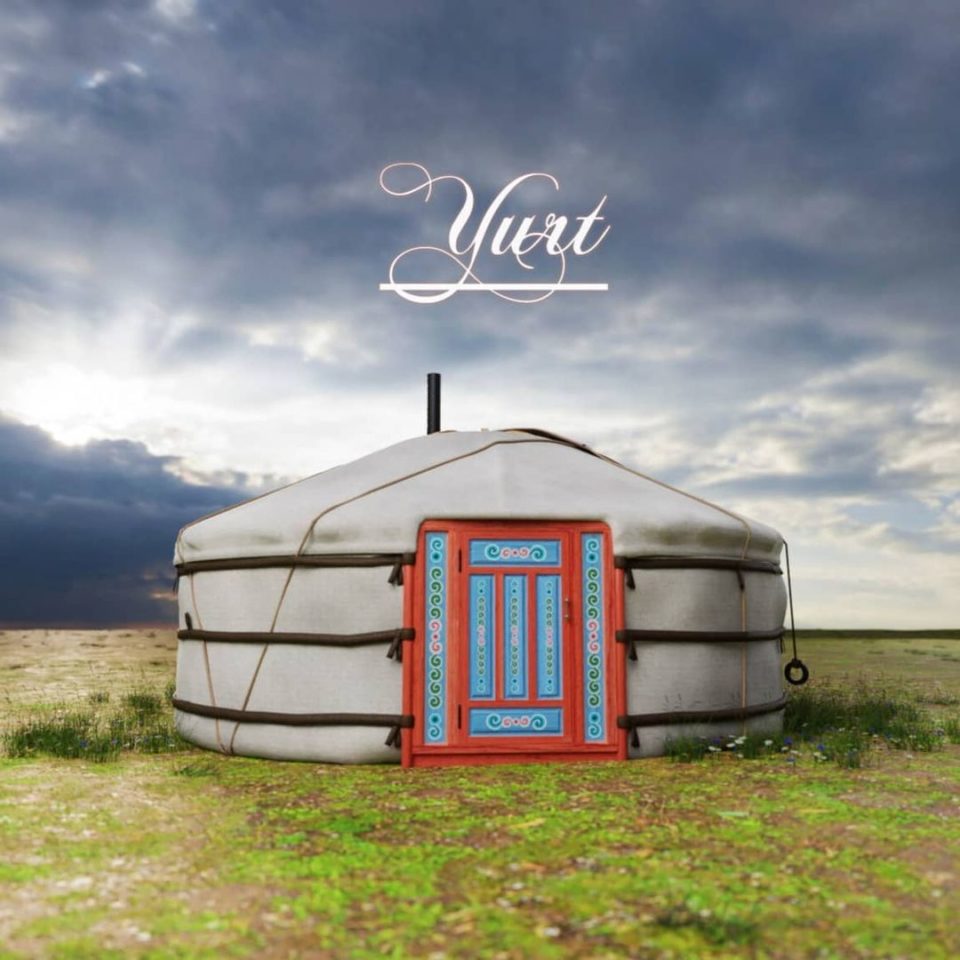
1 comment
I am often to blogging and i really appreciate your content. The article has really peaks my interest. I am going to bookmark your site and keep checking for new information.